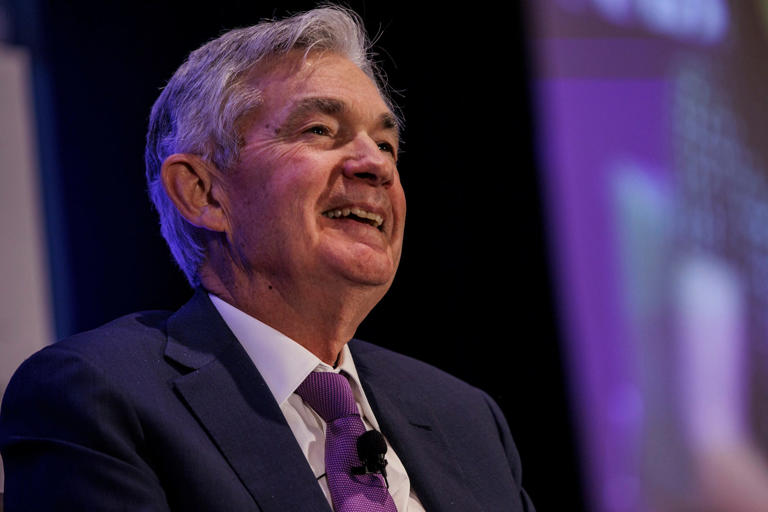In the current economic landscape, the Federal Reserve’s anticipated actions regarding interest rate adjustments are a topic of significant debate. As the U.S. economy continues to navigate through a period of high inflation and fluctuating economic indicators, predictions about the Fed’s next moves vary widely among economists and investors.
Bank of America (BofA) economists have recently presented a forecast that contrasts sharply with prevailing market expectations. While a majority of investors, as indicated by the CME FedWatch tool, are betting on a Federal Reserve rate cut in September, BofA believes the central bank will likely delay such a decision until December. This perspective highlights a crucial divergence in economic forecasting and reflects a more cautious approach to monetary policy.
The consensus among investors is that the Federal Reserve will initiate its first rate cut in September. This view is largely driven by recent positive inflation data, which has shown some moderation in price increases. The expectation of a September cut is also supported by the ongoing market sentiment that anticipates the Fed responding to softer inflationary pressures and a cooling economy.
However, BofA’s economists argue that the Fed has room to be more patient before making such a significant policy shift. Their position is based on the notion that the Federal Reserve will want to see more definitive signs of economic slowing or persistent inflationary trends before altering its course. They emphasize that while some Federal Reserve officials have hinted at a more dovish stance, the overall decision-making process will depend on a comprehensive evaluation of incoming economic data.
One of the key factors influencing BofA’s forecast is the strength of the U.S. labor market. Despite a rigorous interest rate hiking cycle over the past couple of years, which was intended to curb inflation and stabilize the economy, the labor market has remained resilient. Job growth has continued at a steady pace, and the unemployment rate has remained below 4%. This robustness in the labor market has been one of the surprising elements of the current economic environment, given the aggressive monetary tightening.
Ian Shepherdson, the founder and chief economist of Pantheon Macroeconomics, offers a more cautious outlook on the U.S. economy, predicting a significant slowdown in the labor market and broader economic activity. Shepherdson, known for his accurate economic forecasts, including the prediction of the 2008 recession and a recent call for a 2023 recession that did not materialize, suggests that the U.S. economy could face a meaningful slowdown as early as the second quarter of 2024. His forecast includes the possibility of five 25-basis-point rate cuts by the Fed in 2024, which contrasts with the market’s current expectation of three cuts.
Shepherdson’s analysis is supported by various indicators pointing to potential weaknesses in economic growth and the labor market. He highlights that a range of economic metrics, including retail sales, hiring indicators, and rising layoffs, could signal a shift in the economic environment. According to Shepherdson, if these indicators align, the Fed may adopt a more aggressive rate-cutting strategy to respond to the deteriorating economic conditions.
In contrast to this, Bank of America maintains its stance that the Federal Reserve will likely begin cutting rates in December. The firm’s economists argue that, despite the market’s strong anticipation of a September cut, the Fed will need to see additional confirmation of economic trends before making such a decision. They suggest that with inflation approaching the Fed’s target levels, the central bank can afford to focus on both inflation and employment objectives in a balanced manner.
BofA’s economists also note that the market’s consensus around a September rate cut might reduce the Fed’s motivation to act if the economic data does not fully support such a move. They argue that the Fed may choose to wait for more comprehensive data, such as July’s employment and consumer price index (CPI) reports, to make a more informed decision.
In summary, the debate over the timing of Federal Reserve rate cuts underscores the complexity of navigating current economic conditions. While there is strong market sentiment for a rate cut in September, Bank of America and other economists advocate for a more cautious approach, with potential cuts beginning in December. This divergence highlights the ongoing uncertainty in economic forecasting and the importance of closely monitoring economic data as it evolves.
